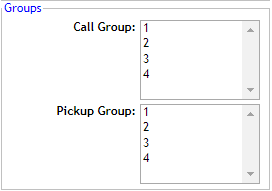Firstly, click advanced options on the right hand side of the screen.

If we scroll down, we have voicemail; these mailboxes are created by default for every user.
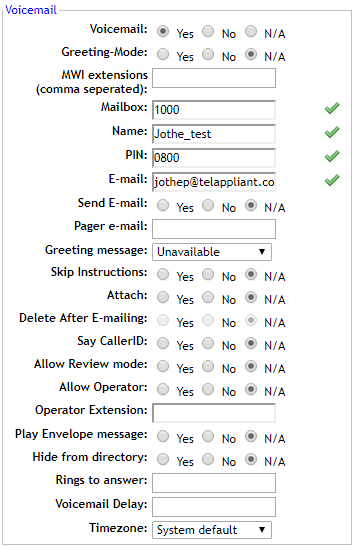
We can set an email address for each extension and select the attach box. This means when this extension is left a voicemail it will send an email stating the mailbox has received a message and also attach the message in a .wav file.
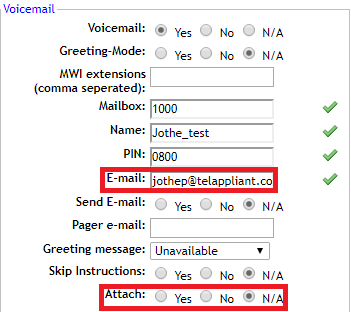
Next, we have the deleted-after-email selection; this will email the message to the email specified, and then delete from the mailbox.
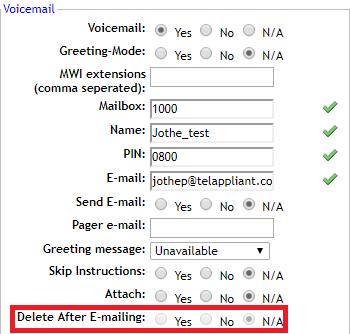
Say caller ID announces the telephone number from which the voice message has been recorded.
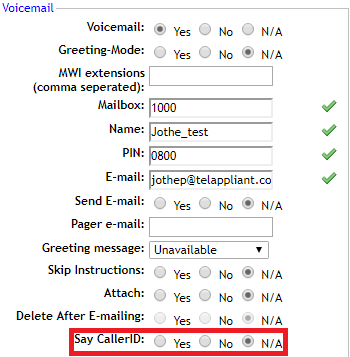
Review mode allows the caller to listen to the voice message before sending the message to the mailbox.
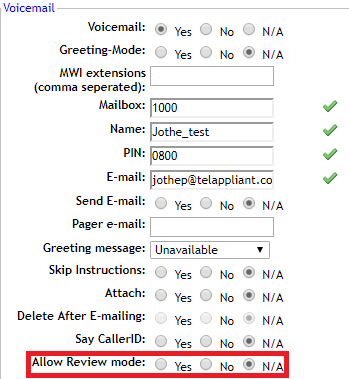
Allow operator gives the caller the option to press a specified key; they will be forwarded on to an alternative member of staff rather than leaving a message.
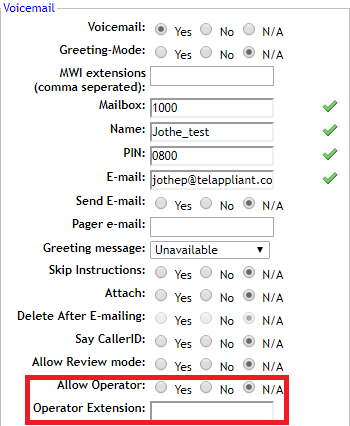
The envelope message announces the date and time as well as the extension number from which the message was recorded.
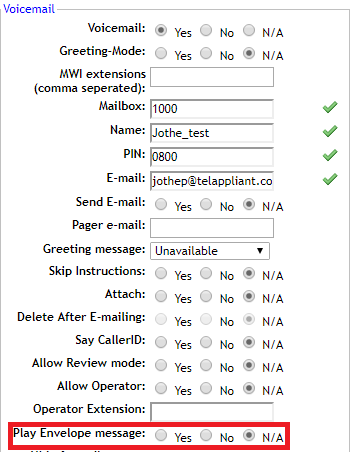
Hide from directory allows the user to hide their extension from the directory.
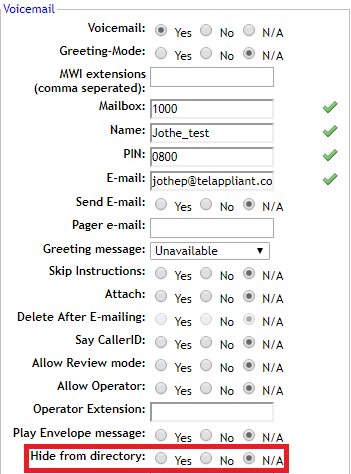
Rings to answer specifies the number of rings before the call is forwarded to voicemail.
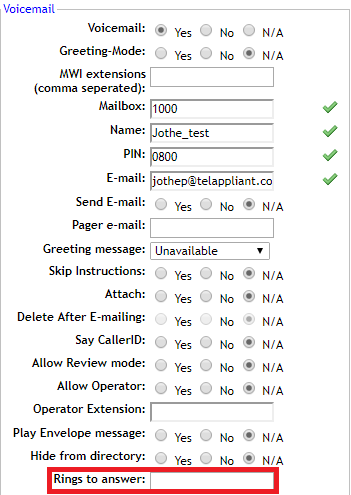
Voicemail delay states how long to pause in seconds before asking for the user's voicemail PIN.
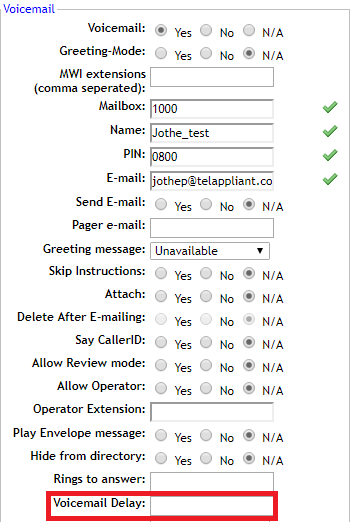
To the left of voicemail is Caller ID. The Caller ID fields are the extension’s number and name that is displayed on the dialled parties phone display.
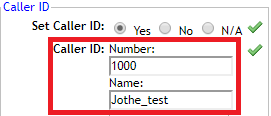
Caller ID presentation is sent by the extension; there are many options here and ‘Number Unavailable’ hides the number from the person you are calling.
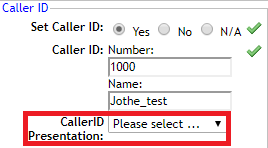
If we scroll down some more, we can see the call properties and more specifically, the ring time. This measures in seconds and specified how long the phone will ring for.


Under call properties, we have call groups and pickup groups. This states who can pickup calls from another phone. If two extensions are in the same call group and pickup group they can pickup each other’s calls by calling *8.
